We caught up with the brilliant and insightful Rowan Lee a few weeks ago and have shared our conversation below.
Alright, Rowan thanks for taking the time to share your stories and insights with us today. Learning the craft is often a unique journey from every creative – we’d love to hear about your journey and if knowing what you know now, you would have done anything differently to speed up the learning process.
It’s been a journey learning how to tattoo. Not just the actual act of tattooing, but also the business and ‘behind the scenes’ side of things– what sort of booking system works for you, keeping up with custom work requests, keeping track of finances, how to set boundaries with clients, pushing yourself creatively, and how to give your clients the most welcoming and comfortable environment you can. I’m so grateful for my family and friends and other artists in the community for helping me and supporting me to where I am now.
I fell in love with gray washes when I was experimenting with different physical mediums for my apprentice portfolio, and my excitement for the style and medium has only grown over time as I’ve applied it to tattooing. I love the range of softness and contrast you can achieve with washes, and working on paper rather than purely in digital has improved my art overall.
During the early days of my apprenticeship, I found myself drawn towards the brush painting tattoo styles of different East Asian artists on instagram. I was particularly inspired by @winnie_waiyin, @molymoli_, and the early work of @jyy.ink. It was amazing to see tattoos that looked like someone had just painted it onto skin. I loved the expressiveness and distinct look of the xieyi style in Chinese painting, and wanted to create my own works of art in that style.
I don’t know of any teachers in my area for Chinese brush painting, so I turned to youtube, online classes, and a variety of books to teach myself. It’s been a challenging process trying to learn and troubleshoot on my own and figure out things like “how much water should I have on my brush for this effect” and “how much of this effect relies on brush speed versus pressure” In addition to the physical techniques, there’s also several composition rules and guidelines to understand.
In the beginning, I felt frustrated and defeated pretty often. I would go through 5-15 pages at a time, trying to emulate a technique or get a subject to look just right. Fortunately, one type of xuan paper I use is fairly inexpensive, so it wasn’t too bad in that regard. I had to remind myself to pace myself and take breaks so I could refocus and troubleshoot with a fresh mind and not get too frustrated. I didn’t realize it at first, but each repetition and used up sheet of paper helped me understand the process and materials better. Even though it was a bit agonizing to look at a pile of folded up xuan paper headed for the recycling bin, it was a sign of my progress and growing skill.
I’ve found when I’m learning a new art form, there’s always a point where it starts to click and I can see things clearly and understand what’s going on in the techniques and materials, and it’s wonderful every time. When it hit me for brush painting, I felt more confident and energized to practice the medium. I was able to see and better enjoy the way you can create gradients on a single brush, the way ink spreads through the paper, and all the different looks of dry brushstrokes.
It took me a few months before I was good enough with the medium to start figuring out tattooable designs, and that process was very tricky as well, especially for translating dry brushstrokes to tattoos. I spent a lot of time studying my own paintings and other artist’s work and figuring out the best way to make stencils. When I first started practicing the style on fake skin, it was a lot of trial and error figuring out how to achieve the looks created by a brush and ink with the needles of a tattoo machine. It helped that I had also been developing another gray wash style and improving my skills with that around the same time, so when I practiced the painting style on fake skin, I already felt very confident with my tattooing technique.
Another few months after that, I tattooed myself– a rabbit above my knee, which is one of my favorites now– and offered painting flash designs at a discount to clients. All of the practice on paper and fake skin was worth it, and it was amazing seeing it all come together on skin. Since then, I’ve continued practicing my painting and have been expanding the range of subject matter I do. I had a lot of fun painting some California quails the other day!
Now, I’m very confident and happy with my various tattoo and art styles, although I’m always thinking about how to improve both creatively and technique-wise. I particularly love painting peacocks, plum blossom branches, and chrysanthemums too. I get so excited whenever someone reaches out to me asking for something in my gray wash styles and working with them to create a piece they love.
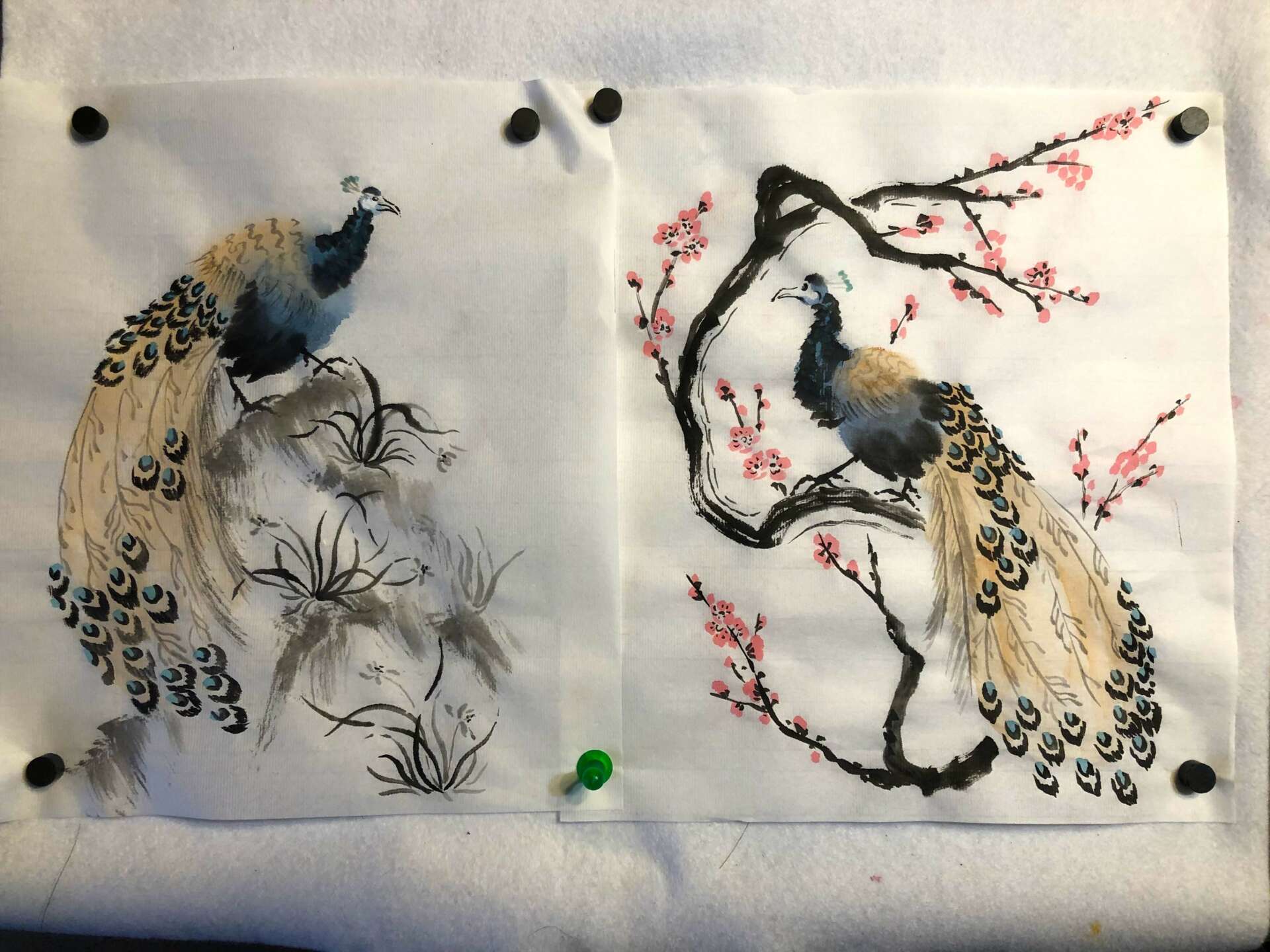
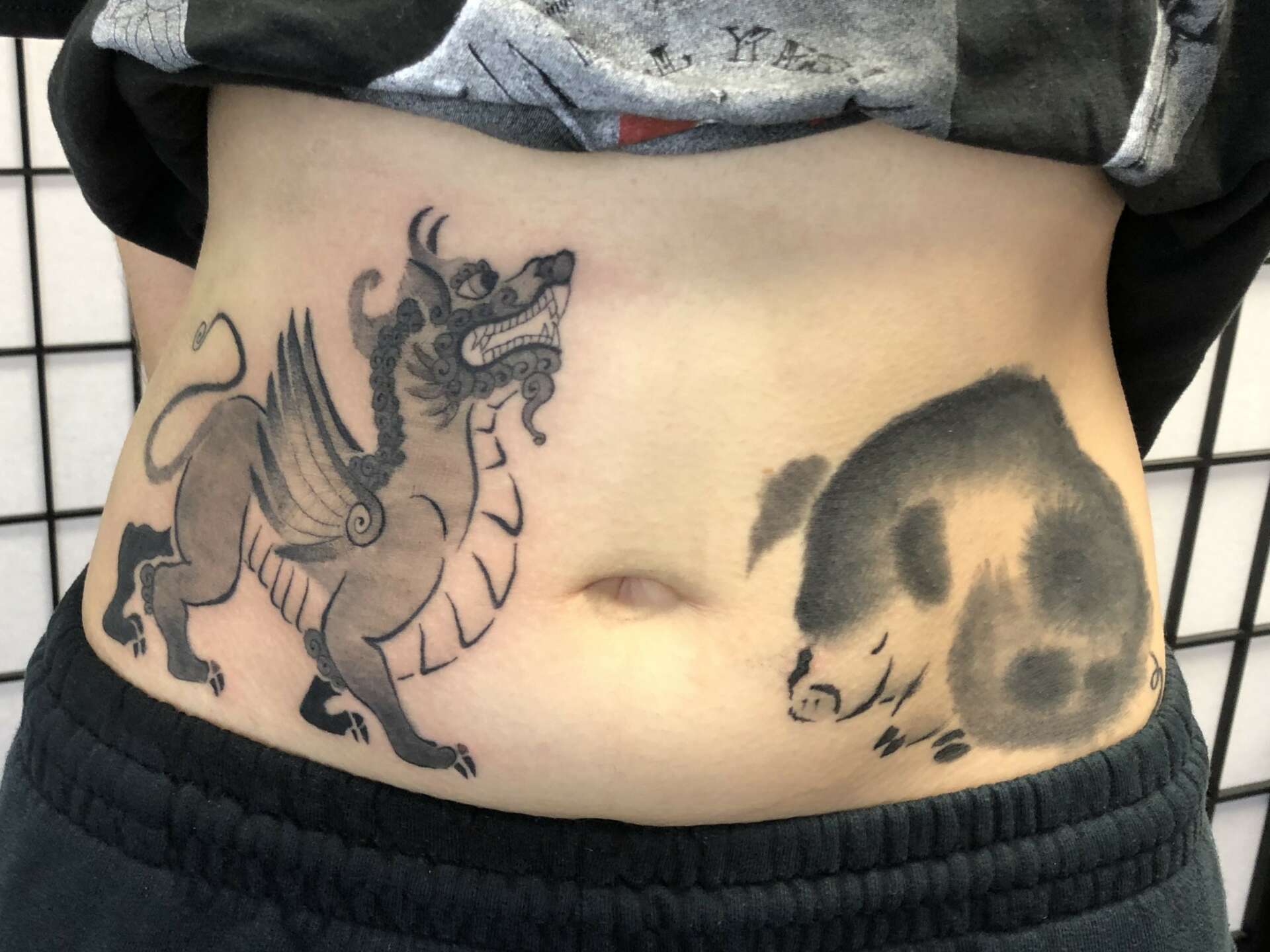
Rowan, before we move on to more of these sorts of questions, can you take some time to bring our readers up to speed on you and what you do?
My name’s Rowan Lee (they/he; @basil_teeth on instagram), and I’m a tattoo artist! I also co-own the shop Raven’s Rookery Tattoos with Hannah Pedersen (@comic_hans on instagram).
I decided I wanted to pursue tattooing while I was rethinking an earlier career path in museum studies. I got a few tattoos at the time and chatted with a several artists about how they got into the industry, what they liked about it, etc, and thought “oh wow maybe I could do this!” It’s been a whirlwind journey of my apprenticeship, meeting and connecting with other artists, and opening up my own shop with Hannah, and I couldn’t have done it without the support of my family, friends, and the wonderful people in the tattoo community here.
I love tattooing as an art form and the way it can help make our bodies feel more like our own. After years of struggling with gender dysphoria, the experience of getting tattooed felt very affirming and re-connective. I strive to provide positive experiences like that to my clients. Hannah and I also created our shop with the goal in mind of providing a safe and comfortable environment for clients, especially for people who have previously been unwelcome or have had bad experiences in tattoo shops.
I love tattooing ‘little guys’ as well as pieces inspired by nature. I have 2 gray wash styles I like to do– one with varying line widths and soft gradients and another that emulates the xieyi style of Chinese painting. I’m always thinking up new flash, but I enjoy doing custom work and bringing client’s ideas to life.
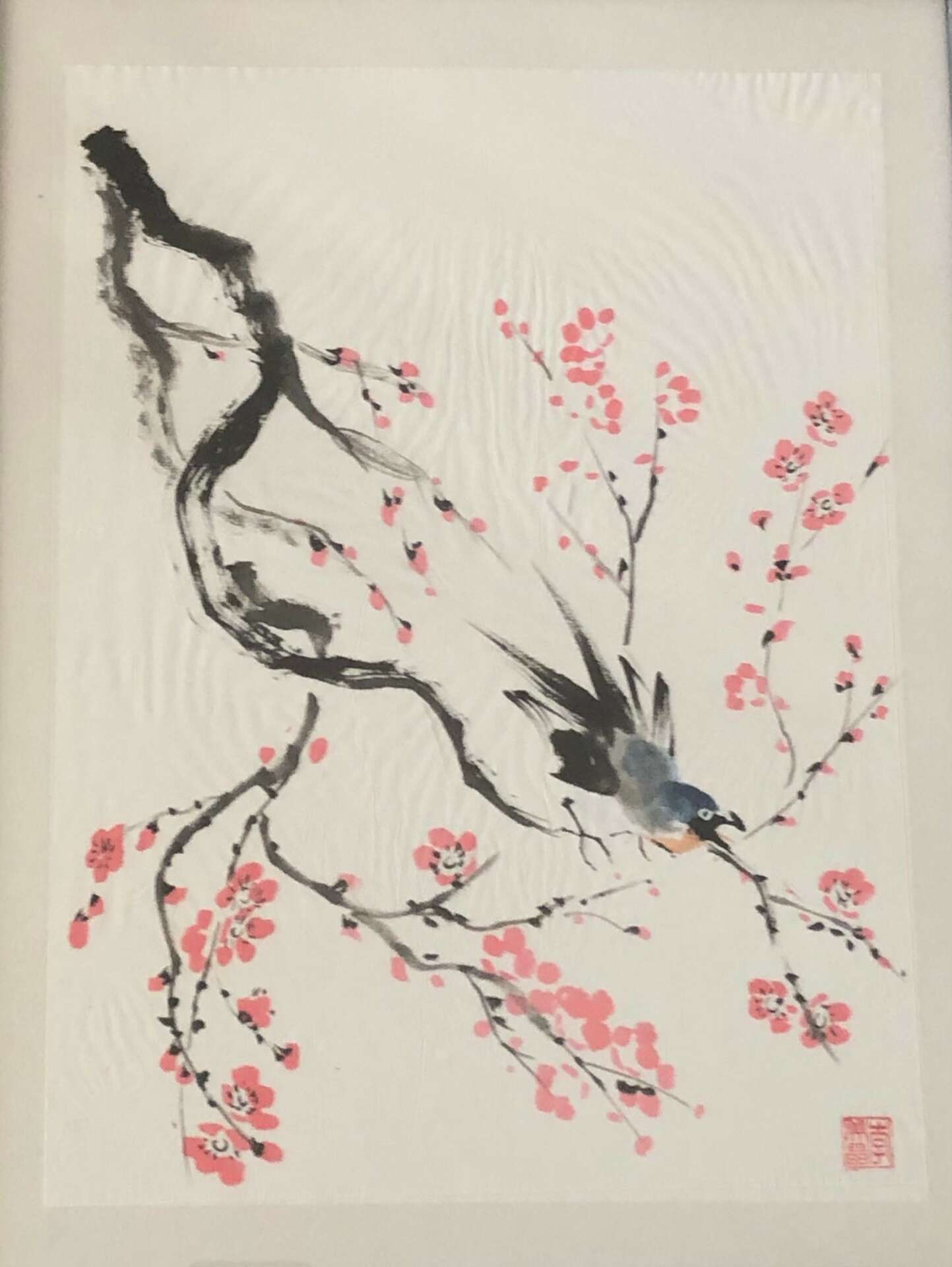
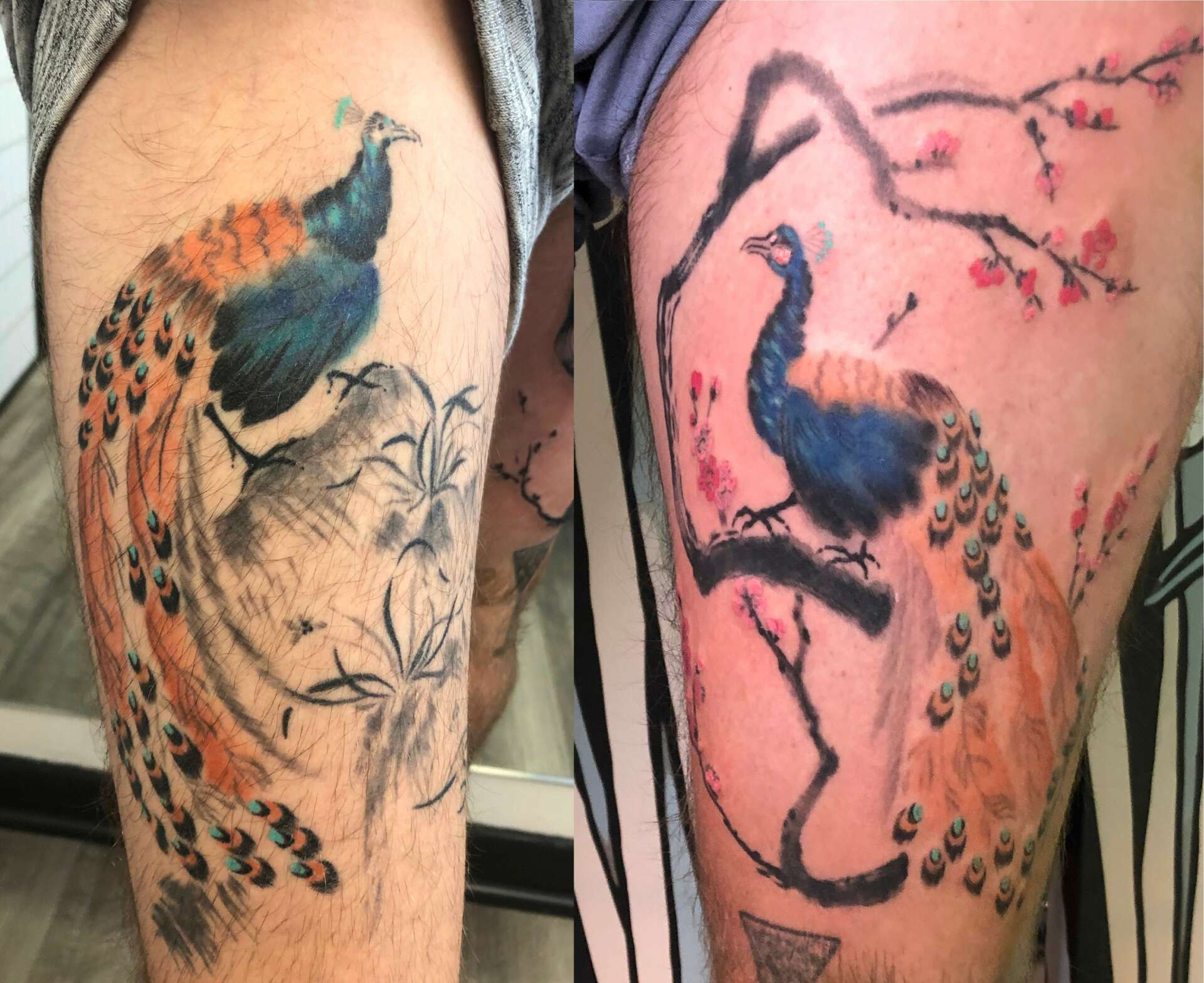
For you, what’s the most rewarding aspect of being a creative?
I think being able to see how I’ve improved over time as well as sharing and connecting over art. There’s something very satisfying in being able to see your own growth and evolution and know you’ve been making progress. I love art of all kinds, and it’s wonderful getting to share in the passion and joy of creating, talking about techniques and ideas, and sharing what we’ve made with each other.

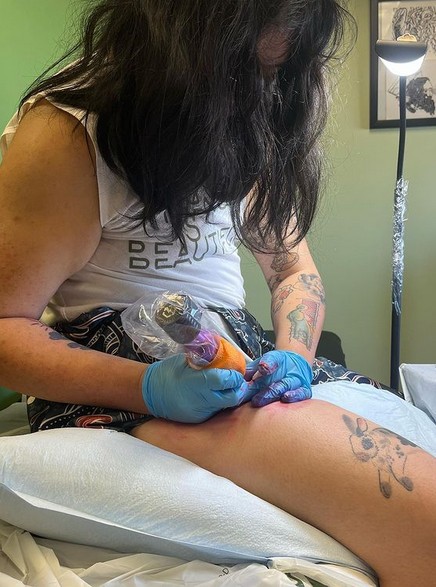
Any resources you can share with us that might be helpful to other creatives?
I’m a fairly shy person, and I while I reached out and talked to a few artists in my early days of my apprenticeship, I wish I pushed myself to reach out more to ask questions and advice as well as make more connections. I’m just nervous to message people on instagram haha, but I’ve been getting better at it!
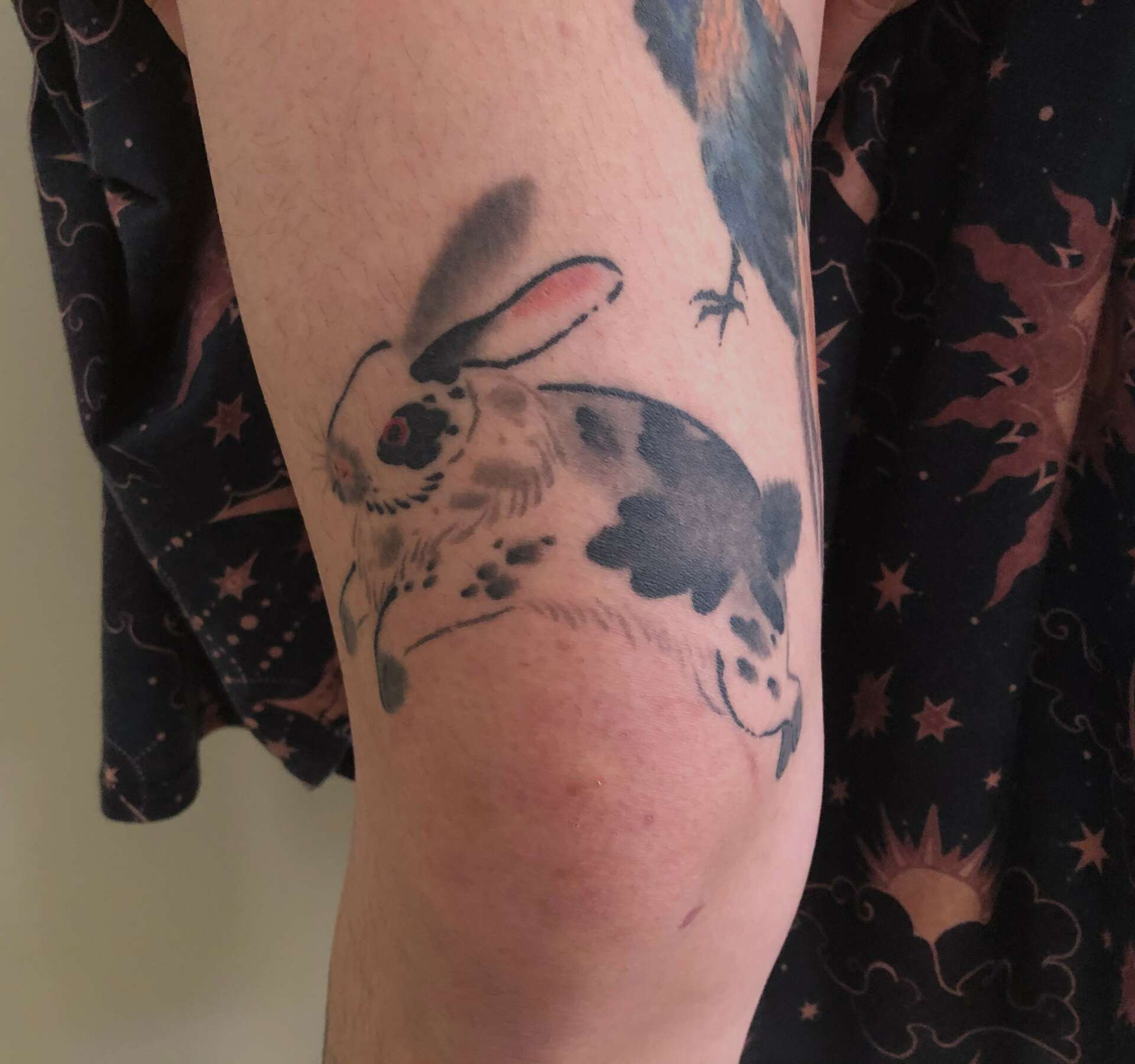
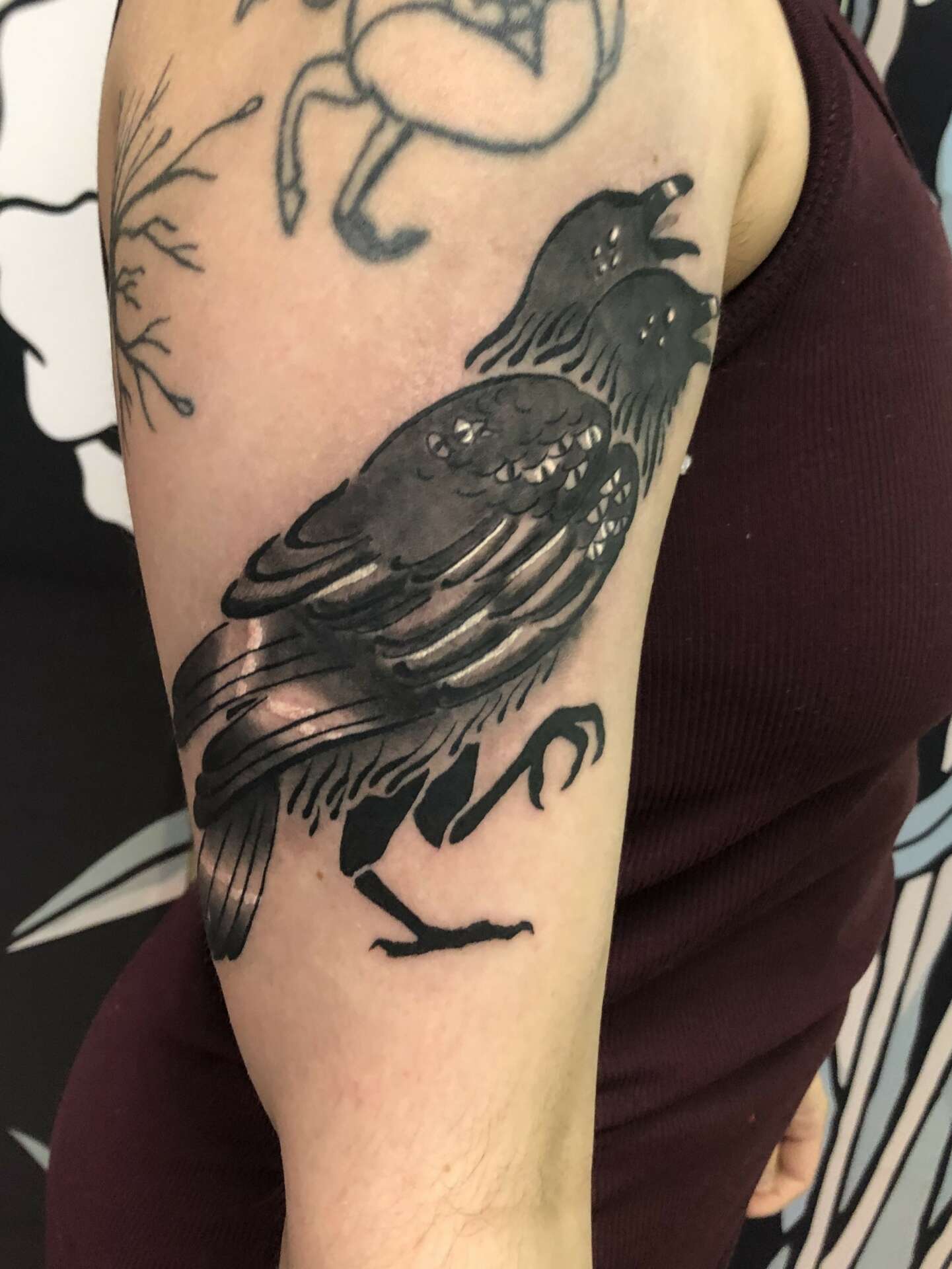
Contact Info:
- Instagram: https://www.instagram.com/basil_teeth/
- Other: booking email: [email protected] (Raven’s Rookery website is coming soon TBD)


